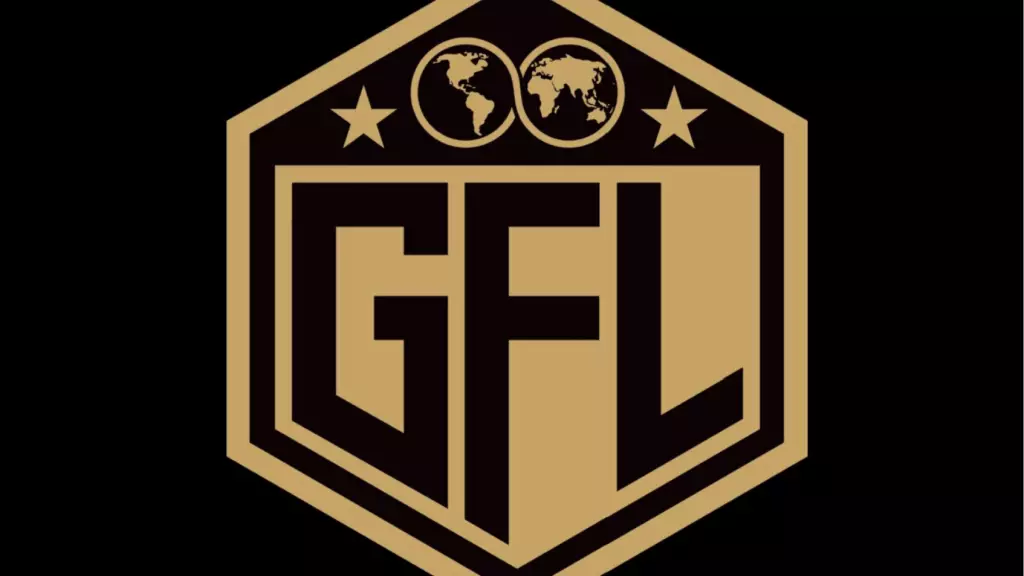The landscape of mixed martial arts (MMA) is continuously evolving, with new promotions battling to capture the attention of fans and fighters alike. The recent communication from the Global Fighting League (GFL) reveals an ambitious roadmap designed to reshape how promotions operate within the sport. This article will critically analyze the GFL’s recent memo and explore the implications of its proposed changes on the MMA community.
At the core of GFL’s messaging is a strong focus on athlete empowerment. Founder Darren Owen’s memo underscores the promotion’s commitment to a “partnership” mentality, which attempts to redefine the traditional employer-employee relationship in the world of combat sports. By stating, “If you want a release from your contract just ask me for it,” Owen fosters an environment where fighters can feel free to pursue opportunities that align with their career aspirations. This radically open approach is a significant contrast to many existing promotions, where fighters often feel trapped due to restrictive contracts.
While it’s refreshing to see a promotion that emphasizes transparency and allows athletes the freedom to leave if they choose, there’s a question of whether this initiative will genuinely lead to better treatment or merely serve as a marketing tactic. The fight landscape has seen numerous fighters speak out against the industry’s long-standing issue of underpayment, and GFL’s promise of a 50% revenue-sharing model seems like a substantial step forward. However, the real challenge lies in how these principles translate into action over time.
The GFL has released details outlining a structured season that integrates multiple cities around the globe, enhancing the promotion’s visibility. The memo hints at an innovative framework, with monthly events scheduled from Los Angeles to Sao Paulo, allowing regional representation and building a more localized fanbase. The prospect of fighters competing three times within a six-month season fosters regular engagement, provided it is executed with the expected level of professionalism.
However, the practicality of this arrangement must be scrutinized. Can the organization effectively sustain such a tempo while ensuring high-quality matchups? The feature where fans will vote to determine the fight card order adds an element of interactivity that could enhance viewer engagement. Yet, it’s pivotal for GFL to balance fan preferences with the fighters’ competitive integrity, avoiding scenarios where popularity overrides skill.
GFL’s announcements regarding broadcast partnerships with ESPN+ and DAZN signify a push toward global reach. These platforms are increasingly recognized for sports streaming, positioning GFL to capture a substantial audience. Nevertheless, the promotion must navigate complexities around sponsorship restrictions. By prohibiting fighters from wearing sponsor logos on fight kits, GFL is aiming for a 50% revenue share model. However, while it insists that this is for evenly distributing funds among fighters, it risks alienating potential sponsors and diminishing the personal brand opportunities for fighters.
Compounding this is the 20% commission structure for fighters bringing sponsors to the promotion, which may foster a marketplace mentality rather than a collaborative team environment. How the organization balances these competing interests will ultimately determine its success or failure in fostering a loyal and motivated roster.
As GFL gears up for its inaugural season, it stands at a pivotal crossroads. The outlined strategies represent an ambitious departure from traditional methods in MMA promotions. The integration of athlete empowerment, structured regional events, and innovative broadcasting strategies could potentially reshape the fighter experience and fan engagement.
However, the real test will come once the season commences. GFL will need to demonstrate that it can not only promise a fighter-friendly environment but also deliver concrete, ongoing benefits that build loyalty among athletes. The focus must remain on maintaining integrity amid the challenges inherent in the ever-competitive landscape of MMA. Ultimately, while GFL’s ambitions are commendable, it is the execution of these lofty goals that will decide its longevity and impact on the sport.

